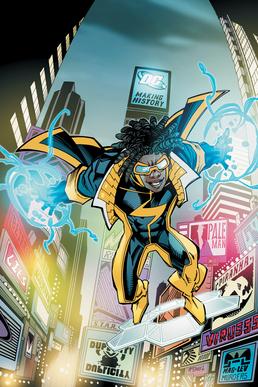Over the years, we’ve seen tons and tons of different Batmen, from Jim Gordon, to the OG Bruce Wayne, to Terry McGinnis. Just as there’s been a number of men (and a few women) under the cowl, there are ton of fans constantly arguing who the best Batman is. However, I instead argue that the best Batman isn’t one found in the comics. Rather, the version played by comedian Pete Holmes in videos by CollegeHumor, dubbed ‘Badman’, has clearly proven himself to be the best Dark Knight.
Don’t believe me? Remember the parody of the confrontation between Batman and Two Face? In his video, Badman didn’t even need to get shot while dealing with his version of Two Face. Babbling and talking like a moron kept the villain angry (and therefore, off guard) to the point of being easily beaten. A similar situation happened with his version of the Riddler (Riddler having accidentally shot himself while trying to shoot Badman).
Or how about when he shows off how indestructible he is during the first encounter with Scarecrow? The man is literally being burned alive, yet he never seems to be in pain. Granted, he is having a panic attack over Roombas, but that’s beside the point.
Finally, everyone knows that Batman and his family are constantly suffering because he keeps letting his villains live (would Barbara have still become paralyzed if he had killed Joker years before?). Badman doesn’t have that same problem. He’s apparently been killing every single one of his villains since he first started out, arguably saving numerous lives and Gotham City tons of money in taxpayer dollars in the process.
All in all, Badman is clearly the superior version of Batman. He’s tough, he’s a tactical genius, and he’s probably saved more people than every other version of the Dark Knight. All while acting like the biggest moron Gotham City has ever seen. Or maybe he actually is an idiot. Yeah, that’s probably it.
Seriously, who agrees with me on this? Let me know in the comments below, or with a tweet through that widget on the left. Better yet, like the Comic Books vs The World Facebook page, and subscribe to the official Youtube channel to keep up with all the latest on Comic Books vs The World.










